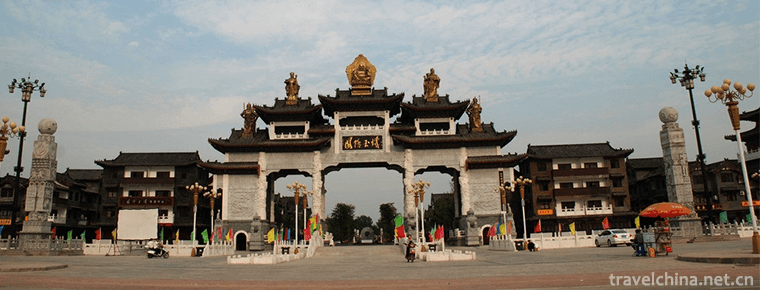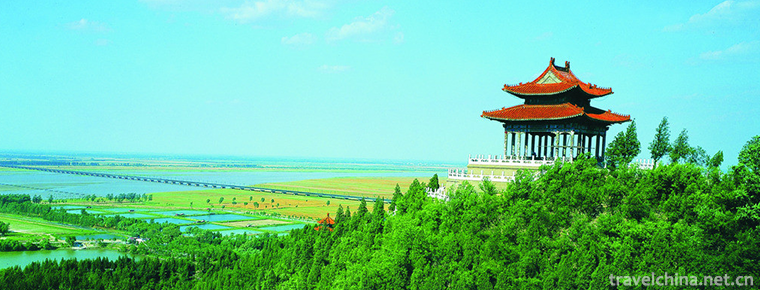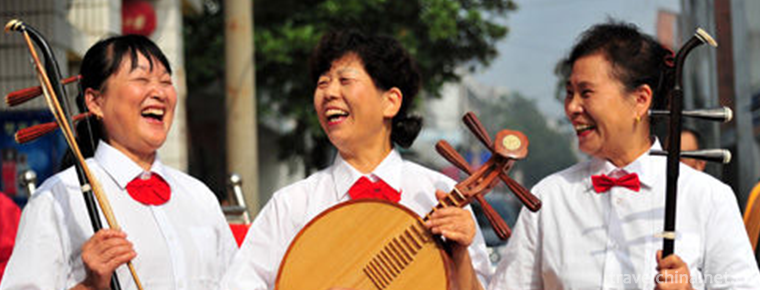Evolution of Chengdu Giant Panda Base
Evolution of Chengdu Giant Panda Base
Chengdu Giant Panda Breeding Research Base is established on the basis of raising, treating and breeding giant pandas in Chengdu Zoo. In the 1980s, Fargesia FRIGIDA in Qionglai mountains blossomed and died. Some giant pandas were rescued and concentrated in Chengdu Zoo for lack of food and hunger.
In 1987, in order to strengthen the treatment and management of sick and hungry giant pandas, separate the education and display functions of giant pandas from the rescue research functions, strengthen the scientific research on giant pandas, and improve the breeding level of giant pandas, Chengdu Municipal People's government decided to establish a research base for giant panda breeding in Chengdu, and implement a set of team and two brands with Chengdu Zoo.
After 1990, Chengdu base and Chengdu Zoo were divided into two independent entities.
In 1992, the giant panda museum was opened to tourists.
In 1997, Chengdu Giant Panda Breeding Research Base jointly funded more than 15 million yuan from the State Planning Commission, Chengdu Municipal Planning Commission and Chengdu Giant Panda Breeding Research Foundation to establish the first open laboratory in China to carry out research on the conservation of China's endemic endangered species.
In 2000, the national wildlife protection system took the lead in carrying out public protection education, and the Ministry of science and education was established.
In 2001, the open laboratory was named "Sichuan Provincial Key Laboratory of reproduction and conservation genetics of endangered animals" by the Department of science and technology of Sichuan Province. In the same year, Chengdu base cooperated with Sichuan University to carry out research and experiment.
In 2003, the base was awarded the "advanced talent development unit of Sichuan Province" by the Sichuan provincial Party committee and the provincial government, and was awarded the national "post doctoral research station" by the Ministry of personnel of the people's Republic of China.
In 2006, it was officially awarded "national AAAA scenic spot" by the National Tourism Administration.
In 2007, the laboratory was officially approved by the Ministry of science and technology of the people's Republic of China as "endangered wildlife biology State Key Laboratory jointly constructed by the Ministry of science and technology of the people's Republic of China". At the same time, modern giant panda museum, animal specimen museum and gene resource bank of endangered animals have been established in Chengdu base and Sichuan University respectively.
In 2011, the "International Research Center for giant panda conservation biology" jointly established by the base and the global science foundation was also established in the base.
In September 2014, the base was awarded the honorary title of "national advanced collective of technical talents". On October 1, the base Dujiangyan breeding and wild releasing Research Center - "panda Valley" was opened to the public.
On April 20, 2015, "panda Valley" officially opened to the outside world.
In April 2019, it jointly launched the southwest tourism scenic spot alliance with 8 units including Chengdu Wuhou Temple Museum and Chengdu Dufu thatched cottage museum.

-
Chongli Wanlong Skiing Ground
Wanlong ski resort is located in Honghua Liang, Chongli District, Zhangjiakou City, Hebei Province. It covers an area of more than 30 square kilometers, with the highest elevation of 2110.3 meters and.
Views: 202 Time 2019-01-06 -
International Jade City
International Yucheng is located in the south of Shifosi Town, Zhenping County, Henan Province, on the south side of Yuyuan Avenue, south to Liulu Highway, east to Erlong Road, north to Longxiang Road.
Views: 140 Time 2019-01-13 -
Tar Temple Scenic Area
Tar Temple, also known as Taer Temple, was founded in the 10th year of Hongwu Ming Dynasty (1377). Named after the Great Silver Pagoda built in memory of Zongkaba.
Views: 153 Time 2019-02-13 -
Yangda Kuduktur Beacon Platform Site
Beacon also known as beacon platform, beacon platform, Yandun, pyrotechnic platform. If there were enemies, smoke in the daytime and fire in the evening were the quickest and most effective ways to tr.
Views: 208 Time 2019-03-02 -
Zhengzhou Yellow River Scenic Spot
The Yellow River Scenic Spot is located 20 kilometers northwest of Zhengzhou City, capital of Henan Province, on the Bank of the Yellow River. It is situated on Weiyueshan Mountain in the South and Ta.
Views: 231 Time 2019-03-18 -
Fuxin agate carving
Fuxin agate carving, traditional art of Fuxin County, Liaoning Province, is one of the national intangible cultural heritage..
Views: 127 Time 2019-04-30 -
Gell
"Gar", which means singing and dancing in Tibetan, also means "music and dance", because performing Gar has accompaniment of special instruments. On the staff roster of the Tibetan.
Views: 316 Time 2019-04-30 -
Uygur Sainem
Among the numerous traditional folk dances, "Sainem" is the most common form of Uygur folk song and dance. It is widely spread in the towns and villages in the north and south of Tianshan Mo.
Views: 156 Time 2019-06-27 -
Sachet
Incense bag is also called odor-tolerant, incense bag, incense bag, incense sauce, Pei Mo. Nowadays people call it purse, toy and dim. It is a folk embroidery handicraft created by ancient Chinese wor.
Views: 187 Time 2019-07-03 -
Silk Bamboo in Yichang
Yichang silk bamboo, also known as "fine music", is the representative genre of folk instrumental music art in Yichang. It is mainly popular in Yaqueling and Longquan of Yiling District, and.
Views: 138 Time 2019-07-12 -
Hefei University
hefei university (Hefei University), located in Hefei, the capital of Anhui, is a common higher education institution jointly organized by the state and local governments and cities and municipalities.
Views: 143 Time 2019-11-13 -
Climate of Yibin
Yibin City has a humid monsoon climate in the middle subtropics, and the low hills and river valleys have the climate attributes of south subtropics. It has the characteristics of mild climate, abundant heat, abundant rainfall, suitable illumination, long fr.
Views: 354 Time 2020-12-18










